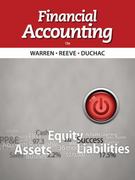Answered step by step
Verified Expert Solution
Question
1 Approved Answer
Can someone help The stockholders' equity section of Kumar Corporation's balance sheet at January 1, 2018 was as follows. Both preferred stock and common stock
Can someone help


Step by Step Solution
There are 3 Steps involved in it
Step: 1

Get Instant Access to Expert-Tailored Solutions
See step-by-step solutions with expert insights and AI powered tools for academic success
Step: 2

Step: 3

Ace Your Homework with AI
Get the answers you need in no time with our AI-driven, step-by-step assistance
Get Started


